#colour lithography
Text

French School – Sappho on Lesbos (c. 1890)
#art#art history#french school#french#lesbian#unknown artist#lesbian art#wlw#women#sappho#sapphic#fine art#lithograph#colour lithography#XIXth century#19th century#female homosexuality
903 notes
·
View notes
Text

#art#drawing#water colour painting#19th century painting#lithography#crypte de l eglise de cruas chapuy#nicolas marie joseph#dark art
154 notes
·
View notes
Text
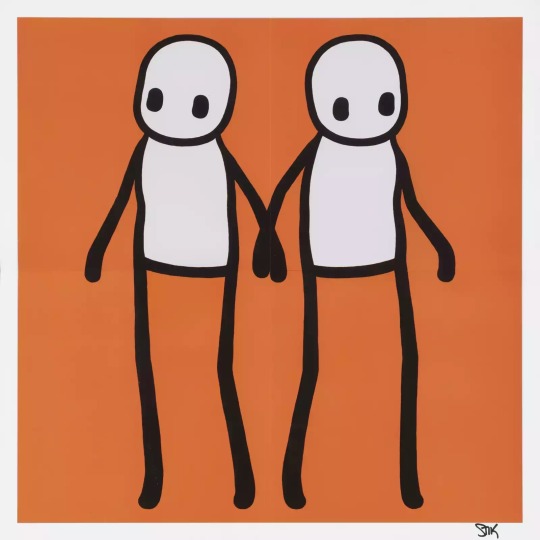
Holding Hands (Orange)
Stik
Offset lithograph in colours on wove paper, 2020
16 notes
·
View notes
Text



Triple whammy! 😋
#three it's the magic number#cat#kuipiedekat#kuipie#catsoftheworld#catnip#groningen#lithografie#lithograph#litho#pasteup#hopla#biem#printmakers#lithography#colour lithograph
0 notes
Text

Printmakers palette...
#lithography#lithografie#litho#palette#colour#ink#inking roller#litho ink#marius#marius langerak#litholab
0 notes
Text
Amazing fanart by Joanacchi! Posted here on tumblr with their blessing. Each one is based on a style that reflects a particular ancient culture's art history. (See below for descriptions provided by the artist!)
Store (buy these prints!) Twitter Instagram

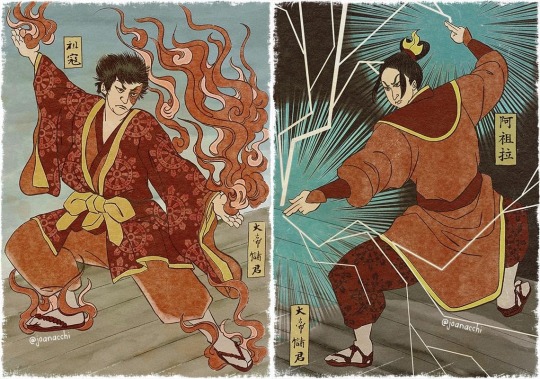
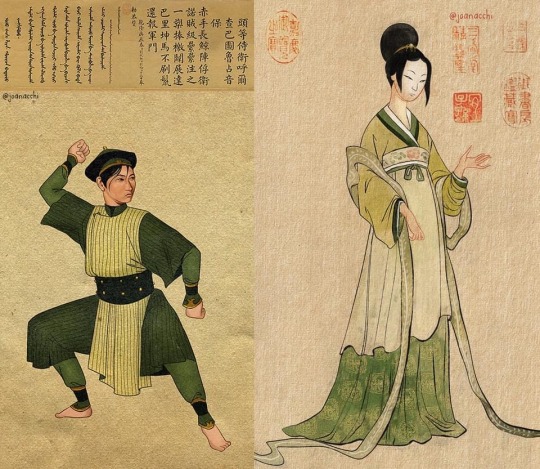
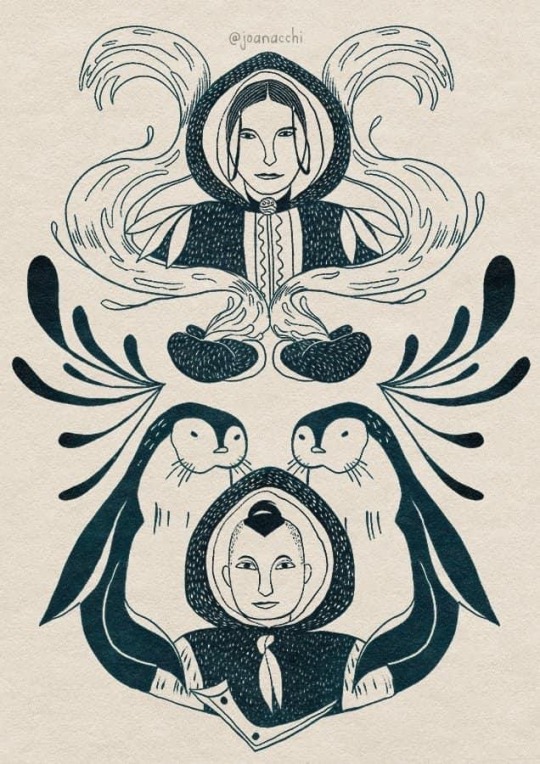
Aang: Tibetan Thangka
"Thangkas are traditional Tibetan tapestries that have been used for religious and educational purposes since ancient times! The techniques applied can vary greatly, but they usually use silk or cotton fabrics to paint or embroider on. What you can depict in a Thangka is really versatile, and I wanted to represent things that make up Aang as a character."
Zuko and Azula: Japanese Ukiyo-e
"Ukiyo-e is a style that has been around Japan between the 17th and 19th century, and focused mainly in representing daily life, theater(kabuki), natural landscapes, and sometimes historical characters or legends!
Ukiyo-e was developed to be more of a fast and commercial type of art, so many drawings we see are actually woodblock prints, so the artist could do many copies of the same art!
I based my Zuko and Azula pieces on the work of Utagawa Kuniyoshi (1798-1861) one of the last ukiyo-e masters in Japan! He has a specific piece which featured a fire demon fighting a lord that fought back with lighting, and that really matched Zuko and Azula's main techniques!”
Toph: Chinese Portraiture from Ming and Qing Dynasties
"Ming Dynasty (1368-1644) was one of the longest in China! It was also a period where lots of artistic evolutions were happening, especially when it comes to use of colour! There was not a predilection for portraits during this time, but there are a lot of pieces depicting idealized women and goddesses from the standards of the time. For this portrait of Toph, I imagined something that maybe their parents commissioned, depicting a soft and delicate Toph which we know is not what she is about ♥️
Qing Dynasty (1644-1912) was the last Chinese Dynasty to reign before the Revolution. One of the most famous emperors of this period was Qianlong, and he really liked Western art! He commissioned a lot of portraits of his subordinates, and I chose a portrait of one of his bodyguards as a reference for the second Toph portrait, which I believe is much more like how she would want to be represented! The poem on top talks about the bodyguards' achievements during a specific war. I had no time to come up with a poem for Toph, so I just used the same one for the composition!”
Sokka and Katara: Inuit Lithograph
"For a long time, Inuit art expressed itself in utilitarian ways. The Nomadic lifestyle of early Inuit tribes played a huge part in that: most art pieces are carved in useful tools, clothing, or children's toys, small and easy to be transported, and depicted scenes and patterns representing their daily lives!
That changed a lot during the colonization. Since the settling of the Inuit tribes, many art pieces began to be created in order to be exported to foreigns, so they started to sculpt bigger and more decorative pieces.
Lithography, which is a type of printmaking, was introduced to Inuit people by James Houston, that learned the technique from the japanese. The art form was quickly embraced by the inuit, as part of the process is very similar to carving. Prints that are produced by inuit artists are still being sold today!
As lithography is not an old art style and it's still commercially relevant to the Inuit communities, since creating these in 2021 I have been donating regularly to the Inuit Art Foundation, not only all the money I get from selling some prints of these but a bit more, at least once a year. Hopefully, I can increase donations this year!”
666 notes
·
View notes
Text
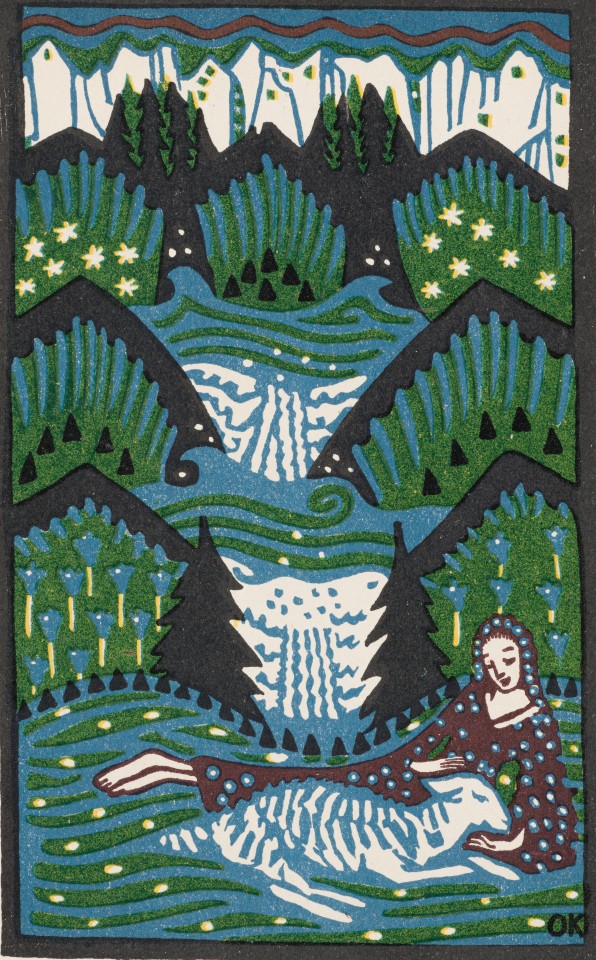
Oskar Kokoschka (Austrian, 1886–1980)
Postcard "Mädchen mit Schaf", 1907
colour lithography on cardboard
370 notes
·
View notes
Text

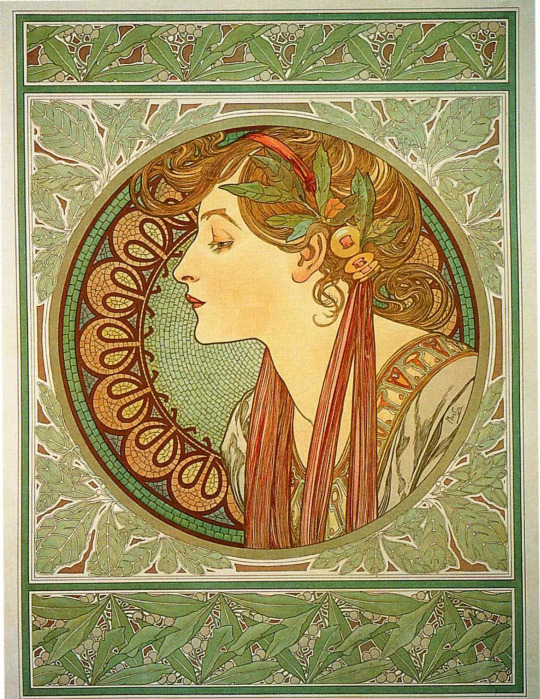
Ivy and Laurel, Alphonse Mucha (1901). Colour lithographies.
#art#art history#artists on tumblr#painting#aesthetic#Mucha#alphonse maria mucha#alphonse mucha#alfons mucha#czech art#czechoslovakia#czech painter#czech#czech painting#czech stuff#20th century painting#20th century art#early 20th century#1900s painting#1900s#1900s art#1901#litography#litografia#art nouveau#arte moderno#modern art#peinture figurative#peinture#art tumblr
423 notes
·
View notes
Text

Summer window from Korpelasta - Veikko Vionoja , 1995
Finnish, 1909 - 2001
Colour Lithography , 56 × 41.5 cm
81 notes
·
View notes
Photo
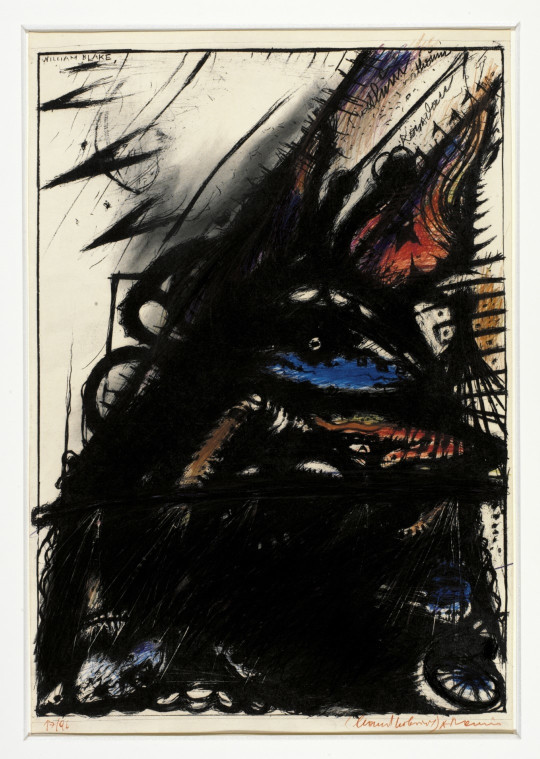
ARNULF RAINER William Blake 1967 lithography hand-coloured, grease pencil, crayon 44,5 x 62 cm
311 notes
·
View notes
Text
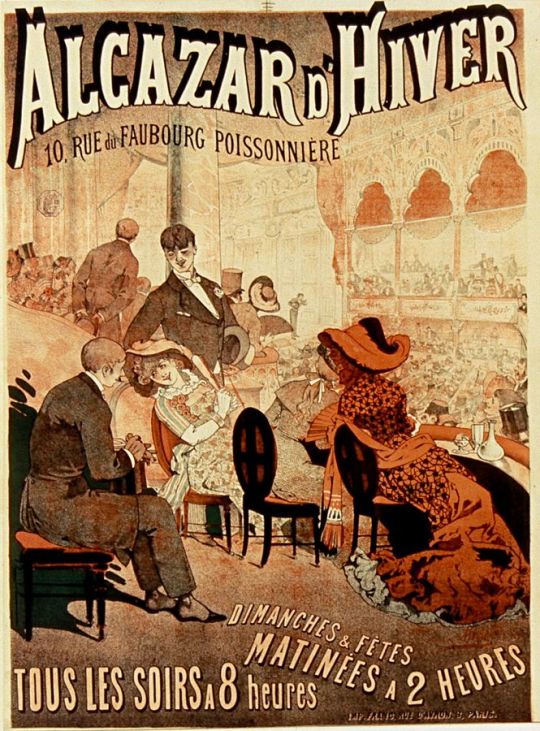
Léon Choubrac - Alcazar d'Hiver - 1882
Léon Choubrac (17 November 1847 – 5 April 1885), who sometimes signed his drawings with Hope, was a French poster designer and illustrator based in Paris.
With his younger brother Alfred Choubrac, Léon was trained as a classical artist with the painters Charles Doërr and Isidore Pils at the École des Beaux Arts. The Choubrac brothers came very soon to the poster, practicing since 1875 the modern treatment of colors and typography, associated with images thanks to chromolithography.
In the early 1870s, the Choubrac brothers and Jules Chéret (known as "the father of the modern poster") reduced the cost of colour lithography introducing technical advances. Additionally, in 1881 restrictions on bill-posting (affichage) were lifted and eased state control of the media in France. In 1884, the Paris city council started to rent out surfaces belonging to the municipality, paving the way for a rapid increase in the production and distribution of advertising posters. Posters with clear colours and dashing images appeared all over town during the vibrant spirit of the Belle Époque.
Léon Choubrac drew some posters that higher authorities seized or torn down, amongst others one that showed a woman tortured in the presence of the Pope. Another poster, The secret loves of Pius IX, showed the portrait of Pope Pius IX below a series of portraits with heads of young women. The censor made him add a beard to the head of the Pope to disguise it. The poster nevertheless caused a scandal and was torn down by order of the French Minister of the Interior François Allain-Targé.
Léon and Alfred created the Ateliers Choubrac. As an illustrator, he sometimes collaborated with his brother in Gil Blas or the satirical weekly Le Courrier français, among others. Choubrac illustrated several works by Emile Zola. Although Leon died young (1885), his brother Alfred went on to produce an impressive number of posters for Parisian entertainers, theatres, businesses and various commercial products.
The poster collector Ernest Maindron, who wrote the first essay about the illustrated poster in the Gazette des Beaux-Arts in 1884, and later published the first book on the subject (Les Affiches Illustrees) in 1886, mentioned the Choubrac brothers, along with and Chéret, among the pioneers of the illustrated poster.
29 notes
·
View notes
Note
Historical asks: 7, 10, 13
Thanks for the asks!
7. Historical dressing, uniform or costume?
I'm afraid I don't know that much about historical costumes unfortunately!
I'm going to be extremely predictable here and go with the Roman toga, maybe specifically the Toga praetexta. It may seem relatively simple but there were actually so many specific rules and social norms surrounding it. I find it fascinating that it was worn by both underage freeborn Romans and religious officers! Also, I just like the colour purple.

10. Pieces of art ( paintings, sculpures, lithographies, ect.) related to history you like most ( post an image of them)
I really like Eugène Delacroix's Liberty Leading the People! I know it's not about the first revolution, but I think it manages to perfectly capture the atmosphere. It just has this dynamic/epic vibe to it. There are depictions of death but also of hope.
Also, something about personifying abstract concepts (like Liberty and Marianne (symbol of the French Republic) as these larger than life female figures is just... *chefs kiss*
It's my laptop's lock screen for a reason!
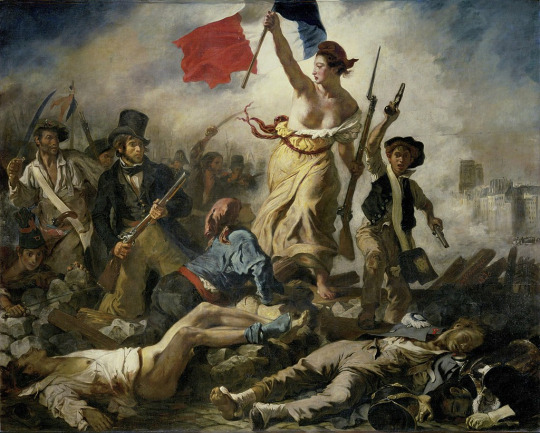
13. Something random about some random historical person in a random era.
Lucile Desmoulins wrote a story called What I would do if I were in her place in which she imagines that if she were Marie Antoinette, she would orchestrate a ritual execution for herself and let herself be burned at a stake. You can read it here!
She sometimes seems like a sweet, gentle soul and sometimes she is straight up savage. That's probably part of the reason why I adore her so much.
#thanks for the ask!#oh this was so fun but also resulted in me procrastinating from working on my thesis#oh well#frev#history#french revolution#ancient rome#roman republic#1700s#send asks#lucile desmoulins#ask game#marie antoinette#historical fashion#toga#art#frev community#tagamemnon
10 notes
·
View notes
Text

Edvard MUNCH (1863-1944)
“Angst” - “Anxiety” (1896)
Farblithografie - Colour lithography
Sammlung / Collection ALBERTINA Wien / Vienna
Ausstellung / Exhibition
Dürer, Munch, Miró.
The Great Masters of Printmaking
ALBERTINA Wien / Vienna - 2023
#edvard munch#Anxiety#albertina vienna#the masters of printmaking#munch#norwegian#painter#printmaker#expressionism#expressionismus
31 notes
·
View notes
Text


BEL (kuipie (e.t) phone home)
#e.t.#k.t. the extra cattestrial#bel#kuipie phone home#that sneaky kuipie#kuipiedekat#catsoftheworld#catnip#cat#groningen#kuipie#lithograph#litho#lithografie#pasteup#derde oog productie#printmakers#lithographic print#lithographie#colour lithograph
0 notes
Photo







Etchings by Gráinne Cuffe
Gráinne graduated IADT 1979, joined GSD shortly after, and furthered studies in lithography with a Fulbright Scholarship to Tamarind Institute, New Mexico in 1984.
Visiting Boston Museum Fine Arts she fell for the etchings of James McNeill Whistler. After 2 years at Central St.Martin's, London, Postgrad Printmaking with Norman Ackroyd as her teacher she began making etchings using Ackroyd's dictum: 'You can get all the colour you want with black ink and white paper'. Cuffe disagreed.
http://www.grainnecuffe.ie/
54 notes
·
View notes
Note
History ask game: 4, 5, and 10
Thank you so much for your ask @warriorbookworm !
4. Favourite historical era?
Well, it depends.
To study: It's definitely the Mughal empire, and recently the Delhi Sultanate. I love learning the story of "minor characters" of the historical narratives like Rukn al-Din Firuz, Mirza Kamran, Sultan Parwez, Faizi etc. I love reading primary sources, Juzjani's Tabaqat i-Nasiri for Delhi Sultanate, Ain i Akbari and Muntakhabu-t Tawarikh for Mughal and making memes on them.
To live: Neanderthal period. Just the right amount of peace, culture and community feeling.
5. Favourite weapon?
Okay, I'll be honest, I know very less about military technology. But those Mughal daggers seem very aesthetic to me. Although, I think, pen is the greatest weapon out there, because diplomacy > military
10. Pieces of art ( paintings, sculpures, lithographies, ect.) related to history you like most ( post an image of them)
I actually love the medieval era (a broad time period) so I'll put a painting and one sculpture. The painting is a Mughal portrait of Sultan Parwez Mirza, second son of Jahangir. I love the colour composition and the soft expression that perfectly suits the filial son he was. The sculpture is of Varuna as a dikpala of Rajarani temple, Odisha. It looks even better in front of eyes. Honorable mention, Ajanta-Ellora. I visited there last year and it is stunning! (Indian architecture is really amazing)

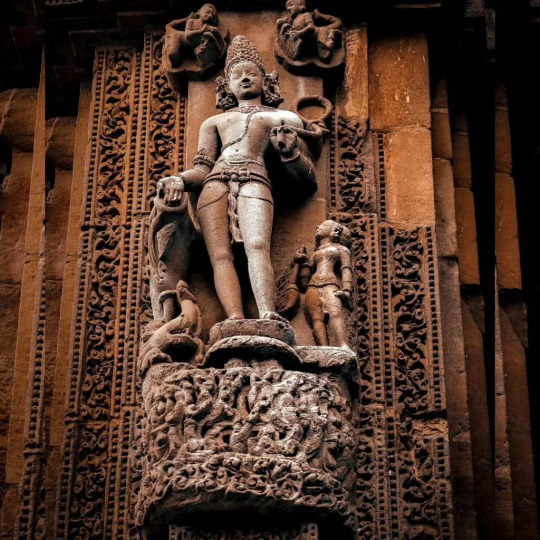
Thanks again for your ask!
2 notes
·
View notes